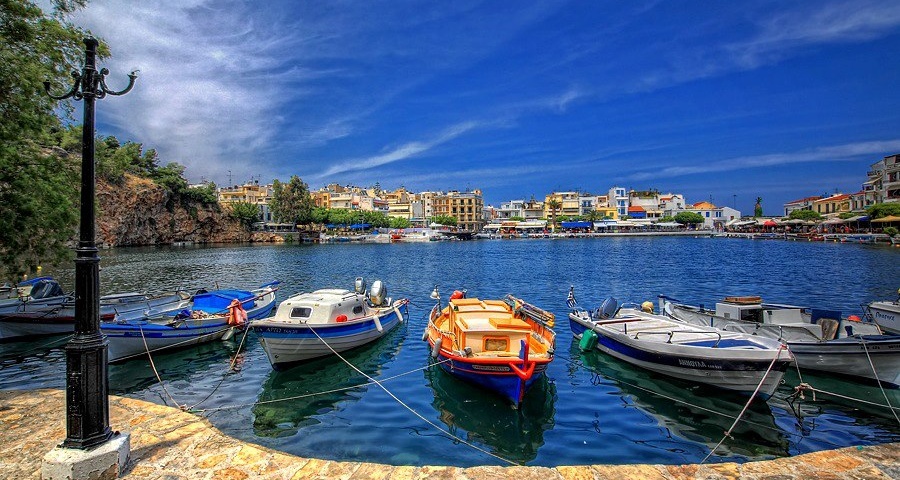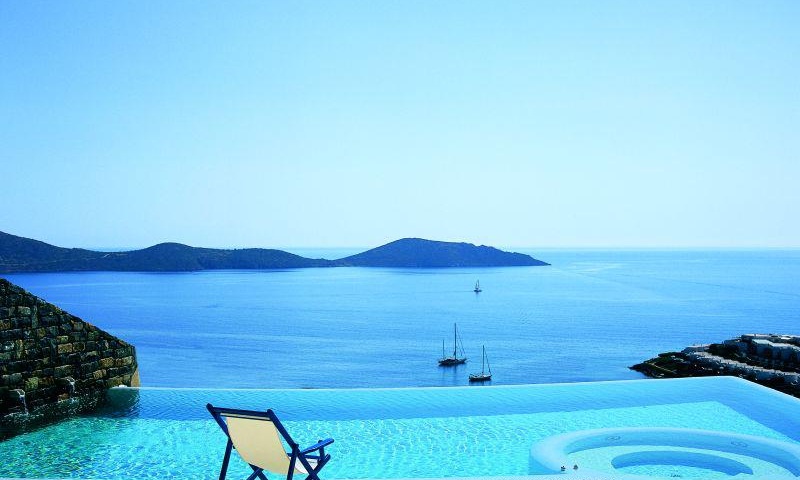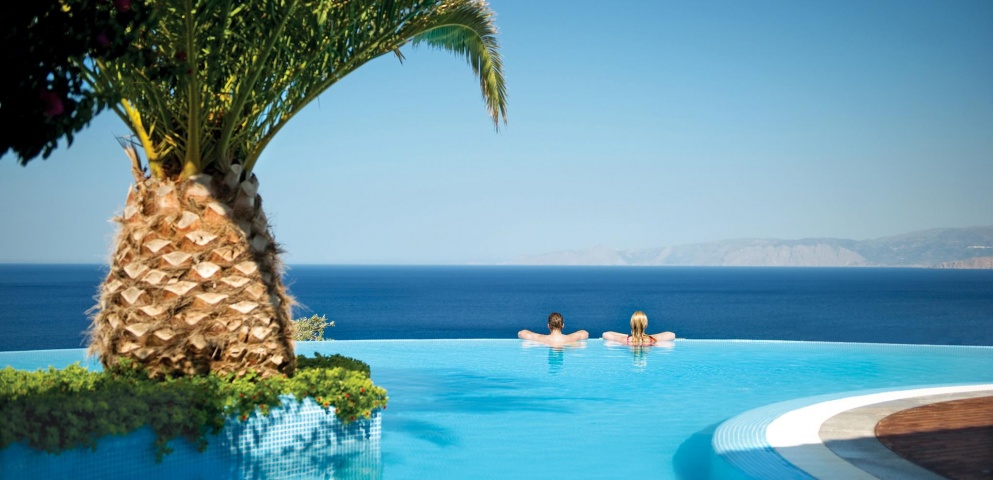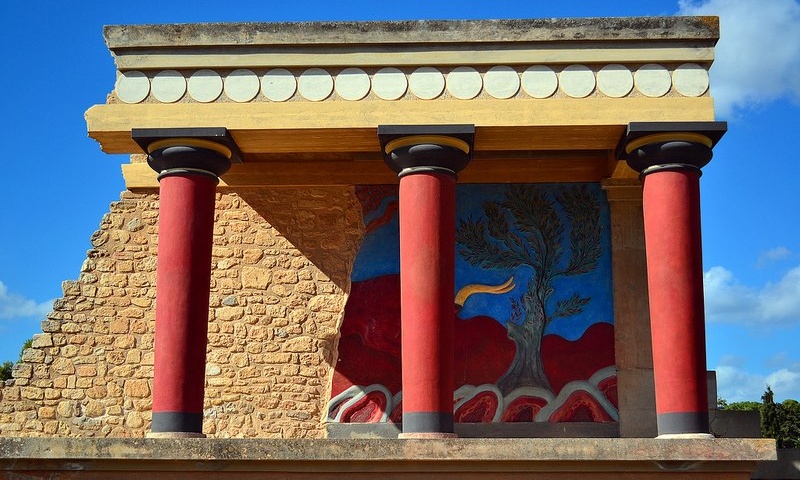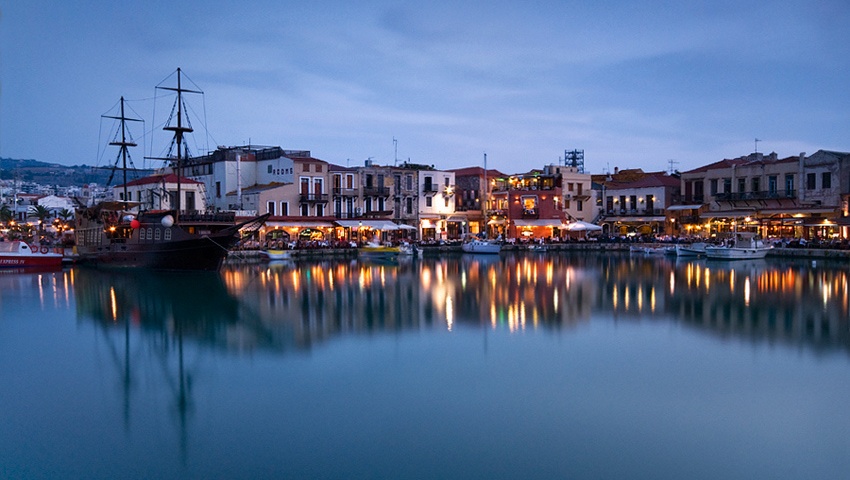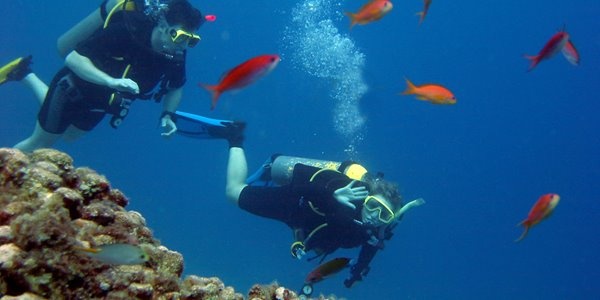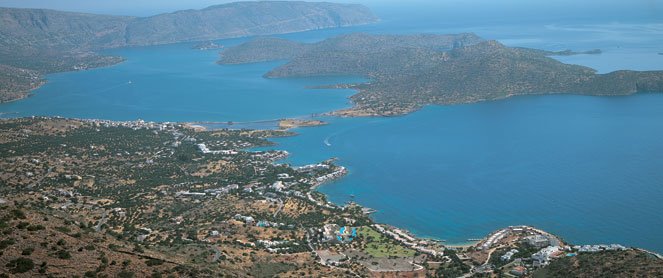 The Greek novelist, poet, playwright and philosopher, Nikos Kazantzakis, has quoted endlessly about Crete. Among his greatest quotes, we keep in our heads…: “We, who are dying, are doing better, than they, who will live. For Crete doesn't need householders, she needs madmen like us. These madmen make Crete immortal.”
The Greek novelist, poet, playwright and philosopher, Nikos Kazantzakis, has quoted endlessly about Crete. Among his greatest quotes, we keep in our heads…: “We, who are dying, are doing better, than they, who will live. For Crete doesn't need householders, she needs madmen like us. These madmen make Crete immortal.”
It is a somewhat difficult task to describe accurately the richness of the images, the landscapes and the sentiments that you are going to experience during a trip to Crete. Ranging from the luxury north coasts and the deserted and exotic south coasts, to the mountainous villages in the wilderness and the atmospheric old towns, the largest island of Greece offers a tremendously diverse variety of experiences that are worthy to discover.
County of Lassithi
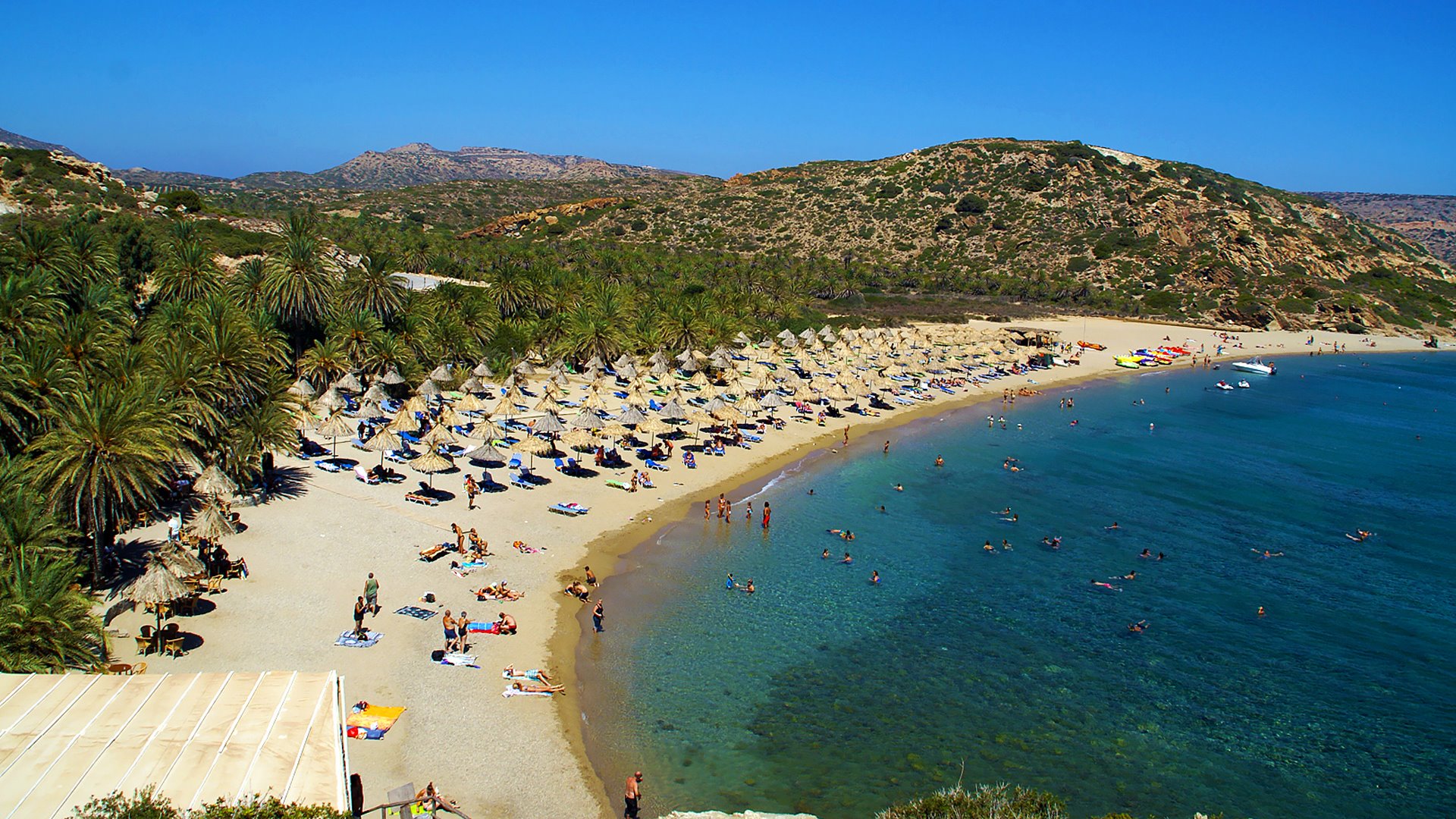
The eastern county of the island of Crete, cherishes a very distinct and atmospheric ambience and is rather different from the other parts of the island. Beaches with white sand as to that of Africa, landscapes of wilderness with endless plots of olive trees, stone-built houses with low ceilings, soil and straws, the wind that blows strong in the evenings.
Stretching between the town of Ierapetra and that of Sitia, the south-eastern part of the island from Vai to Zakro and Makris Gialos are all areas relatively unexplored. Tourism here has not reached the levels it has reached in other parts of the island and the locals maintain a low profile for which they are very proud. The other three counties gather most of the tourist attention and mobility, while Lassithi still relies basically on the cultivation of land and on livestock breeding.
County of Heraklion
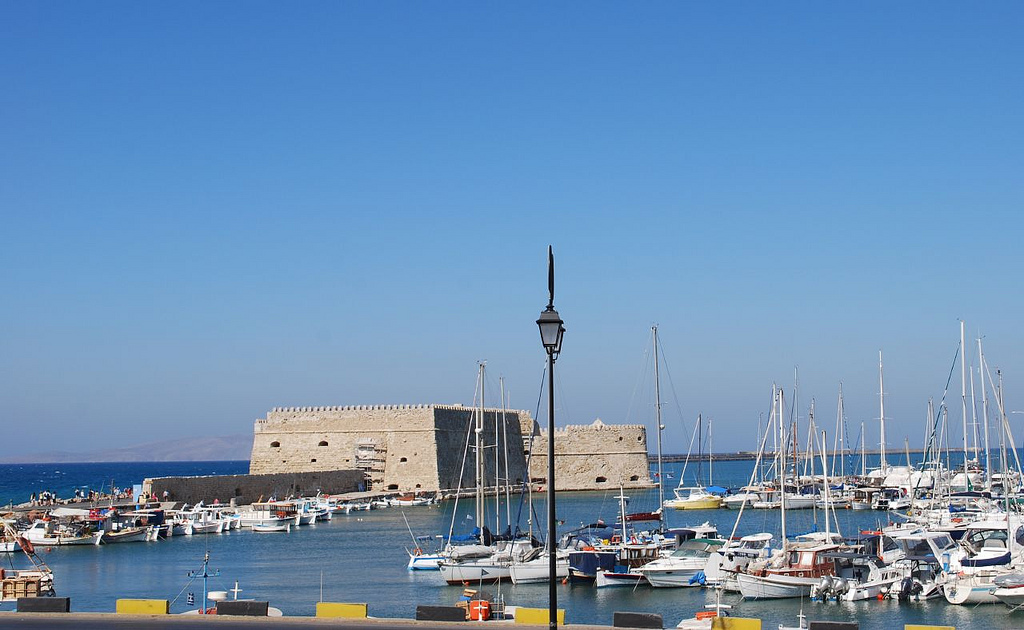 It has the reputation of an ugly, large town that one will only pass through in order to go somewhere else. Tumbling between being a seaside resort and a large commercial town, between a provincial mentality and modern aesthetics, Heraklion is Crete’s melting pot where all sorts of people gather of different cultures and attitudes.
It has the reputation of an ugly, large town that one will only pass through in order to go somewhere else. Tumbling between being a seaside resort and a large commercial town, between a provincial mentality and modern aesthetics, Heraklion is Crete’s melting pot where all sorts of people gather of different cultures and attitudes.
Heraklion is the 5th largest town in Greece with 200.000 inhabitants and considered as the center of the island for the public services drawing daily visits of the locals from across the island, for shopping purposes and for business. Numerous cafes and tavernas are spread all over the town in between its, equally, numerous historical buildings. At some point during your visit to the island of Crete, you will most certainly pass through the capital city, Heraklion, for tourist and entertainment purposes too.
The pedestrian main road stretches between the fortress by the sea and reaches the Agora market offering the most excellent opportunity for a long walk amidst old mansions that have been beautifully refurbished, most of which serving nowadays as banks. This “Venetian” way will bewilder you with its mostly beige historical buildings of magnificent architecture which during a night stroll will place you in a sepia setting due to the yellow lighting which is able to take you easily in a voyage back in time.
Aghios Titos square with the homonymous church (built in 1446), will be your first stop. Next to it you will see the Venetian Lotzia with its beautiful front yard, where you can have a rest and watch the locals in their habitual course: mothers drinking coffee and discussing in the morning, businessmen on their quick lunch break, the young skaters doing their “art” mostly in the afternoon and dozens of couples enjoying a romantic evening drink. The Lotzia building hosts the Town Hall. It is one of the most magnificent Venetian monuments and has won the Award of the best restored European monument of the year 1987.
The church of Aghios Markos is up next in your stroll. Its construction begun in 1239 and nowadays it operates as a Public Gallery and as an events venue. The most central point of Heraklion is the square of Lions. If the visitor manages to foresee the ugly side of the capital of Crete (port, airport, the commercial roads etc) and enters its inner part, they will discover that this city has a character which is, in fact, romantic and enchanting. The buses for the crazy nightlife at the city beaches (Xersonissos, Malia) leave the city center empty for the eclectic visitor to stay behind and explore it in depth. Pick a table at any of the city’s central squares, admire the mansions around you and sip your soothing drink of “raki” in majestic quitness.
County of Rethymno
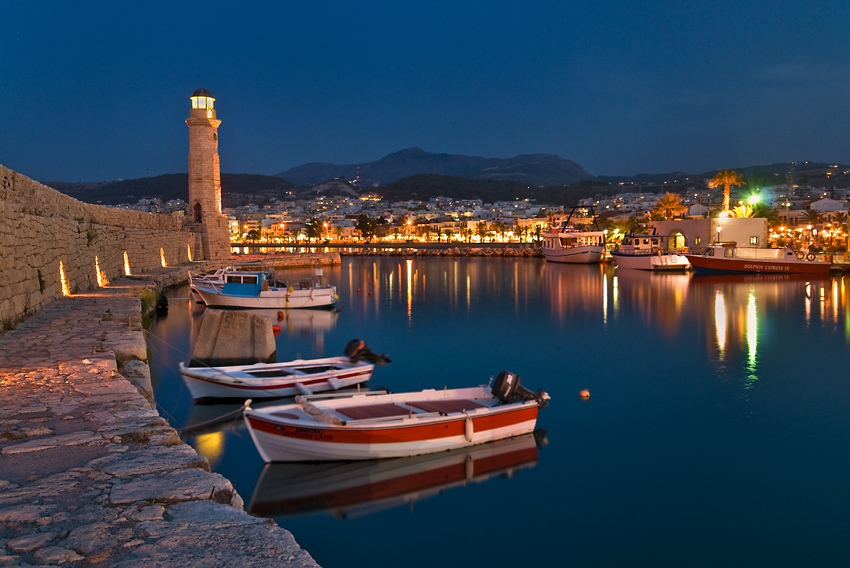 Another important county of the island, which is known for its Old Town with the picturesque Venetian buildings, as well as, the Castle of Fortetza. It is smaller than the county of Heraklion and that of Chania and the everyday tempo is much more relaxed. Rethymno mostly attracts visitors for dinner and drinks at the traditional “rakadika” tavernas by the sea shore. Do not omit to visit the county’s mountainous villages, in order to see a completely different set of images.
Another important county of the island, which is known for its Old Town with the picturesque Venetian buildings, as well as, the Castle of Fortetza. It is smaller than the county of Heraklion and that of Chania and the everyday tempo is much more relaxed. Rethymno mostly attracts visitors for dinner and drinks at the traditional “rakadika” tavernas by the sea shore. Do not omit to visit the county’s mountainous villages, in order to see a completely different set of images.
County of Chania
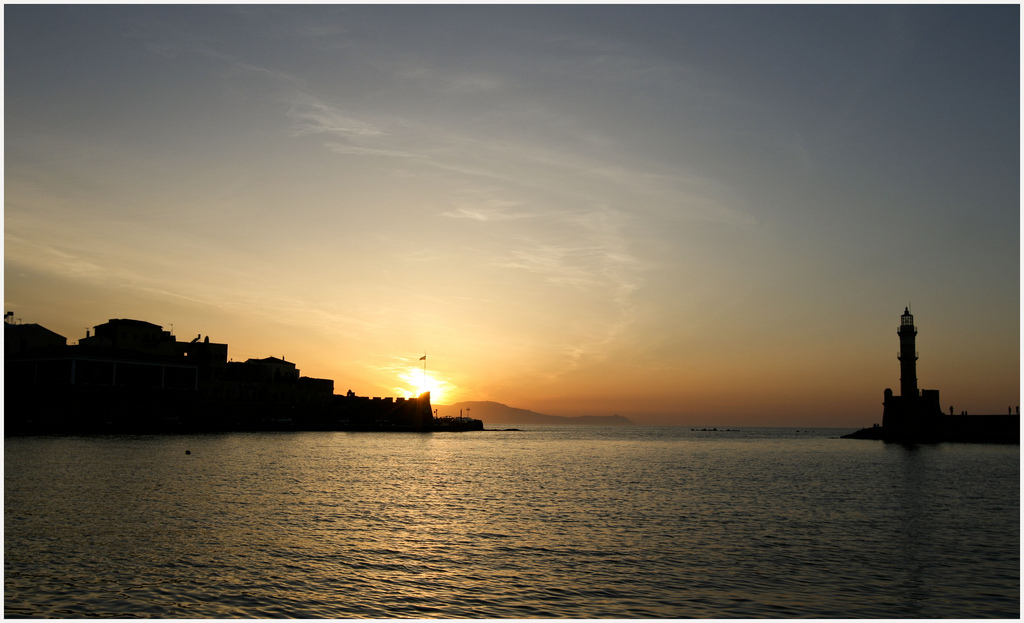 Possibly the most beautiful town of the island, Chania, is ready to bewilder us with its multicultural persona. The Ottomans, the Jews, the Venetians, the British and the Egyptians have passed through and have all left their marks behind. One neighborhood is different from the other but they are all characterized by the typical scent of fresh basil at the front yard of every house. You will absolutely adore the main town of the county for its architectural and cultural wealth, where the Arabs are accountable for its name, the Venetians for the port and the palaces and the Ottomans for the mosques. For the past few decades, Chania has been attracting the permanent residence of many Europeans: Irish musicians, Italian chefs and French artists, to mention just a few cases. As far as the rest of the county is concerned, the visitor may visit the Askifos plateau, the area of Sfakia but also a plethora of amazing beaches northwest, such as Ballos and Falassarna.
Possibly the most beautiful town of the island, Chania, is ready to bewilder us with its multicultural persona. The Ottomans, the Jews, the Venetians, the British and the Egyptians have passed through and have all left their marks behind. One neighborhood is different from the other but they are all characterized by the typical scent of fresh basil at the front yard of every house. You will absolutely adore the main town of the county for its architectural and cultural wealth, where the Arabs are accountable for its name, the Venetians for the port and the palaces and the Ottomans for the mosques. For the past few decades, Chania has been attracting the permanent residence of many Europeans: Irish musicians, Italian chefs and French artists, to mention just a few cases. As far as the rest of the county is concerned, the visitor may visit the Askifos plateau, the area of Sfakia but also a plethora of amazing beaches northwest, such as Ballos and Falassarna.

